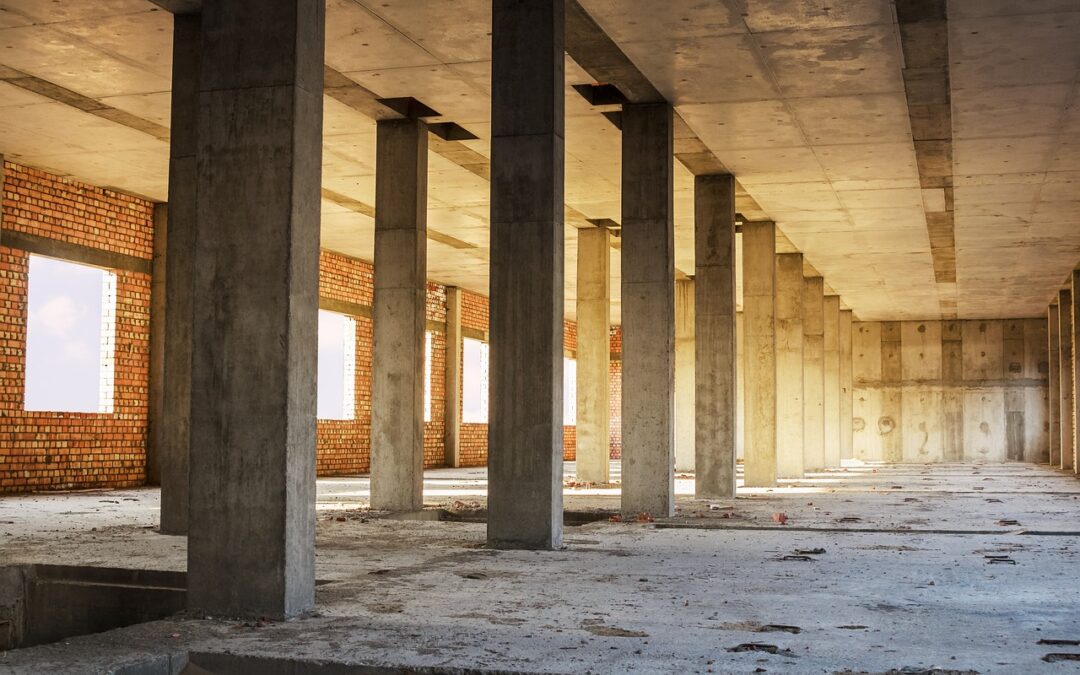Contents
- 1 Concrete for Urban Areas: The Foundation for Thriving Cityscapes
- 1.1 The Versatility of Concrete in Urban Environments
- 1.2 Enhancing Pedestrian Safety and Accessibility
- 1.3 Durable and Efficient Infrastructure
- 1.4 Aesthetic Appeal and Creative Expression
- 1.5 Sustainability and Resilience
- 1.6 Types of Concrete for Urban Areas
- 1.7 Best Practices for Concrete Installation and Maintenance
- 1.8 Conclusion: The Cornerstone of Urban Development
Concrete for Urban Areas: The Foundation for Thriving Cityscapes
TL;DR: Concrete plays a pivotal role in shaping resilient and sustainable urban environments. From sidewalks to buildings, it provides durability, safety, and aesthetic appeal. Understanding the types, uses, and benefits of concrete is essential for creating thriving cityscapes that enhance the lives of residents and visitors alike.
The Versatility of Concrete in Urban Environments
Concrete is a versatile construction material that offers myriad benefits in urban settings. Its durability withstands heavy pedestrian and vehicular traffic, making it ideal for sidewalks, roads, and bridges. Concrete’s fire resistance provides peace of mind in dense urban areas, where fire safety is paramount. Moreover, concrete can be molded into various shapes and textures, allowing for creative and aesthetically pleasing designs.
Enhancing Pedestrian Safety and Accessibility
Concrete sidewalks and walkways create safe and accessible pathways for pedestrians. They provide a level and sturdy surface for walking, reducing the risk of falls and accidents. Properly designed concrete sidewalks also accommodate people with disabilities, ensuring equitable access to urban spaces.
Durable and Efficient Infrastructure
Concrete is a key material in constructing urban infrastructure, including roads, bridges, and buildings. Its durability ensures that roads can withstand heavy traffic, while bridges facilitate safe and efficient movement of people and goods. Concrete buildings provide structural stability and can withstand the demands of urban environments.
Aesthetic Appeal and Creative Expression
Concrete is not just a functional material but also an artistic canvas. Its plasticity allows architects and designers to create unique and visually appealing structures. Concrete buildings can be adorned with architectural details, textures, and colors, adding character and vibrancy to cityscapes.
Sustainability and Resilience
Concrete contributes to the sustainability of urban environments. Its durability reduces the need for frequent repairs and replacements, minimizing environmental impact. Concrete absorbs and retains heat, contributing to urban heat island mitigation. Additionally, concrete structures can be designed to withstand natural disasters, making cities more resilient.
Types of Concrete for Urban Areas
Various types of concrete are used in urban settings to meet specific needs. Pervious concrete allows rainwater to seep through, reducing runoff and flooding. Self-cleaning concrete incorporates titanium dioxide, which reacts with sunlight to break down dirt and pollutants. Stamped concrete mimics the appearance of natural stone or brick, enhancing streetscapes.
Best Practices for Concrete Installation and Maintenance
Proper installation and maintenance are crucial to ensure the longevity and performance of concrete in urban areas. Skilled contractors should follow industry standards and building codes to achieve optimal results. Regular cleaning and repairs extend the lifespan of concrete structures and maintain their aesthetic appeal.
Conclusion: The Cornerstone of Urban Development
Concrete is an indispensable material in shaping urban environments. Its versatility, durability, safety, and sustainability make it an essential choice for sidewalks, roads, buildings, and other infrastructure. By understanding the unique properties and applications of concrete, urban planners, architects, and developers can create thriving, livable, and sustainable cities.

